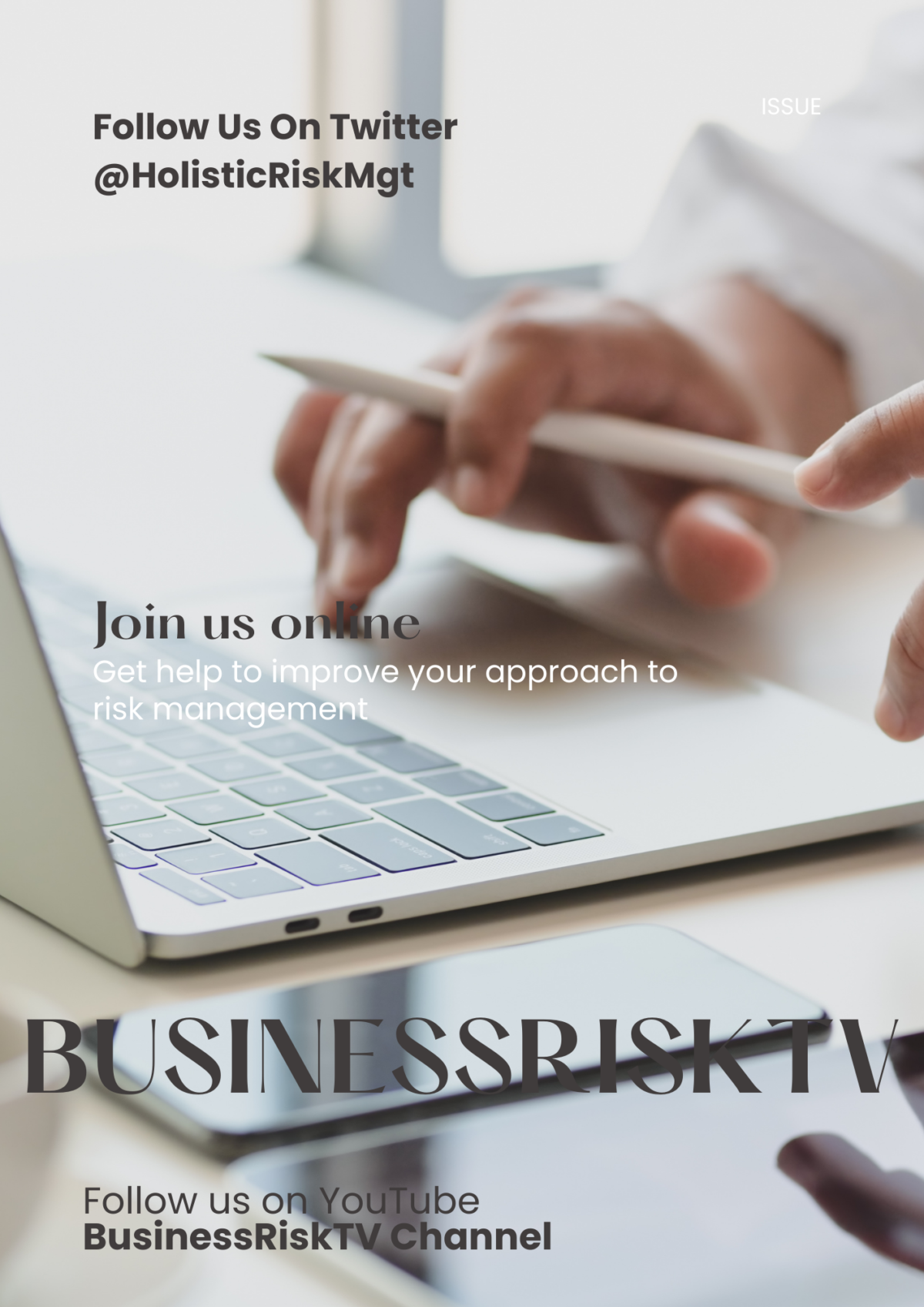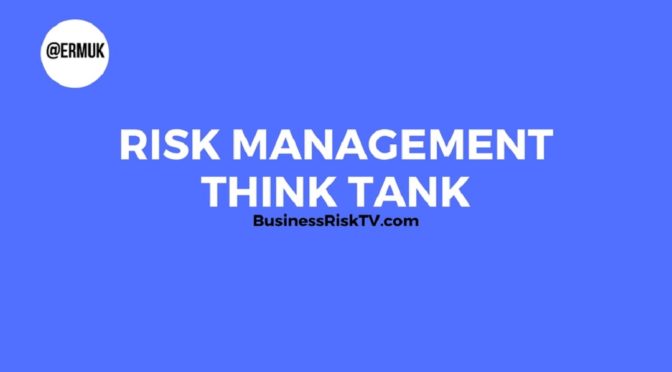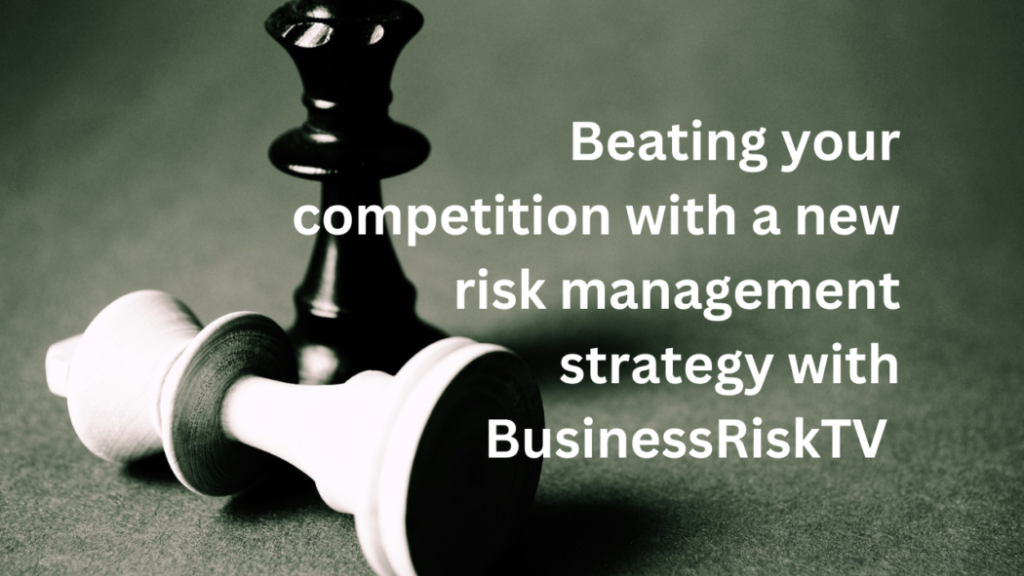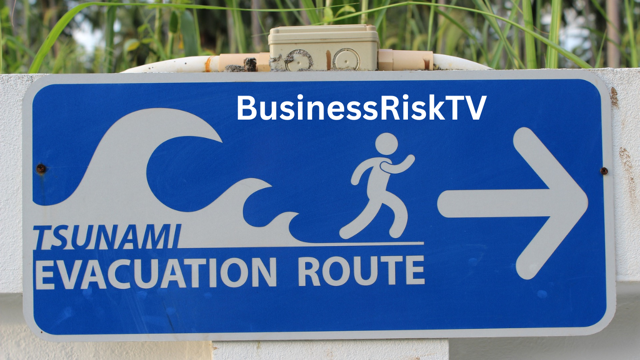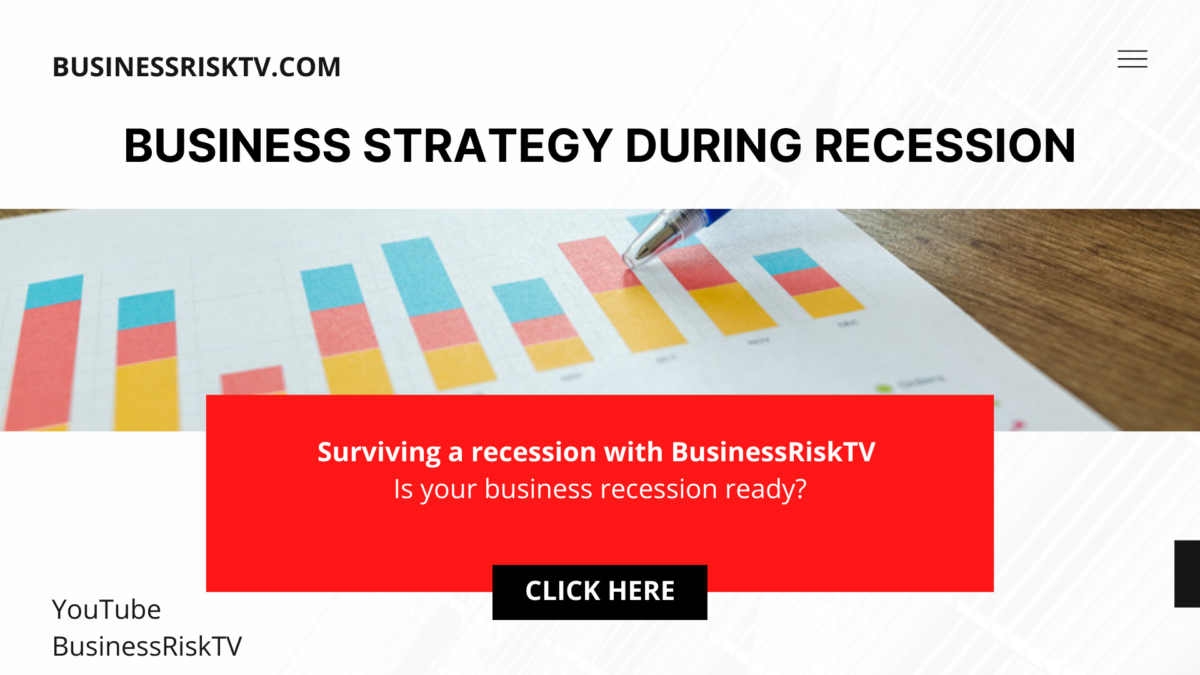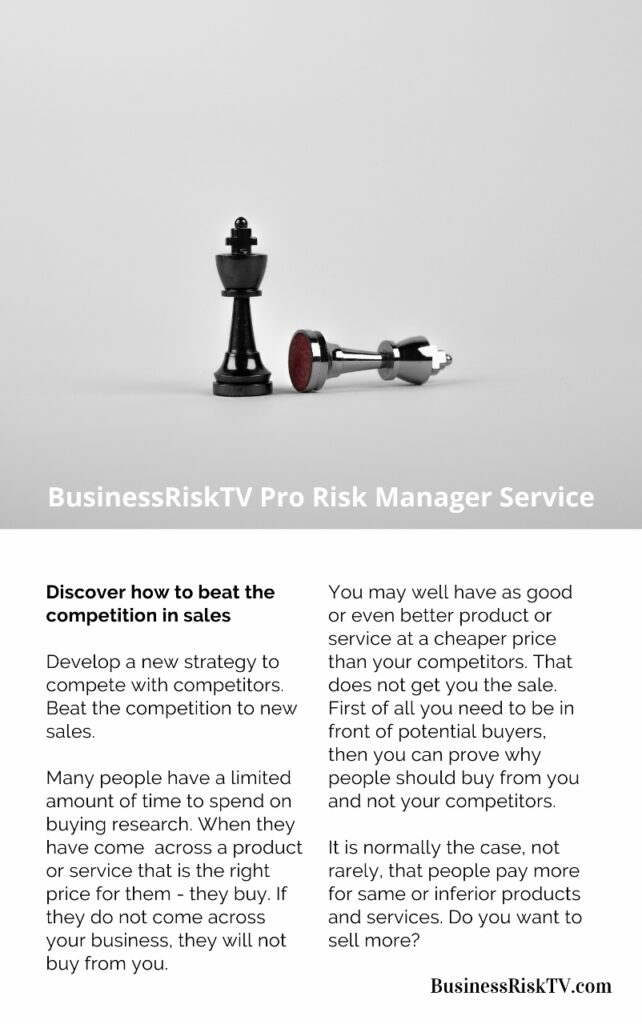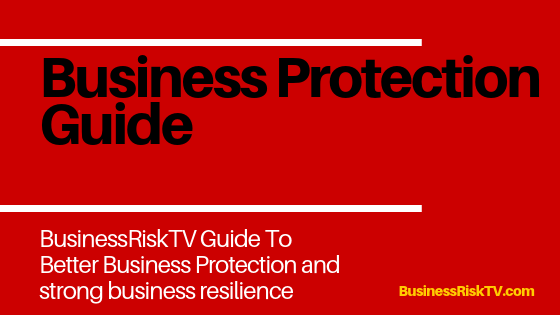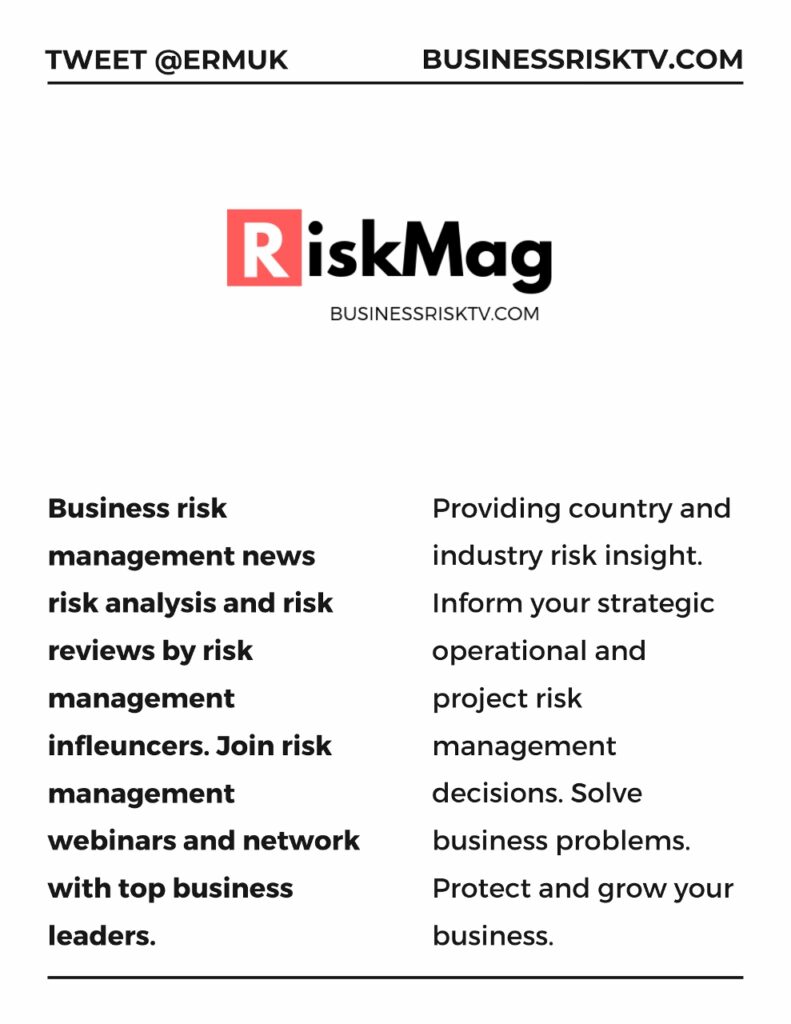What are the risks that your business will have to overcome to be successful in 2023?
Top 10 business risks business leaders should worry about in 2023 in terms of maximising chances of business survival and future business success.
- If you want more free risk management news reviews and deals click on Like Button; or email editor@businessrisktv.com to sign up for free risk management newsletter.
It’s important to be aware of the potential risks that could impact your company’s survival and success.
Here are the top 10 business risks you should be aware of in 2023:
- Economic uncertainty: As the global economy continues to recover from the effects of the COVID-19 pandemic, over-printing of pandemic relief money and economic impact of Russian invasion of Ukraine there is still a great deal of uncertainty about the future. This can make it difficult for businesses to plan and operate effectively.
- Increased competition: As more companies enter the market and existing competitors become more aggressive, it can be difficult for businesses to maintain their market share and profitability.
- Changes in consumer behaviour: Consumer preferences and habits are constantly evolving, and businesses need to stay on top of these changes in order to remain relevant and competitive.
- Cybersecurity threats: The increasing reliance on technology and the rise of digital transactions have made businesses more vulnerable to cybersecurity threats. These threats can have a major impact on a company’s operations and reputation.
- Regulatory changes: Governments around the world are constantly implementing new regulations, and businesses need to be aware of these changes and ensure that they are in compliance.
- Talent shortages: The availability of skilled labour can be a major factor in a company’s success. As the global population ages and more people retire, it can be difficult for businesses to find and retain top talent.
- Supply chain disruptions: The global supply chain has become increasingly complex, and disruptions can have a major impact on a company’s operations and bottom line.
- Natural disasters: Natural disasters such as hurricanes, earthquakes, and floods can cause significant damage to a company’s facilities and operations, and can disrupt supply chains.
- Political instability: Unstable political environments can make it difficult for businesses to operate effectively, and can lead to changes in trade policies and other regulations.
- Climate change: The effects of climate change, such as rising sea levels and extreme weather events, can have negative impact on business activity.
Your business decision-making process and management of risk will dictate your business success or failure of business in 2023.
The decision-making process is a critical aspect of successful business management. It allows business leaders to identify and assess potential risks and make informed decisions that can minimise the likelihood of failure and maximise the chances of success. Here are some key points to consider when it comes to the importance of the decision-making process in risk management:
- The decision-making process helps business leaders to identify and assess potential risks. By carefully considering the possible consequences of their actions, business leaders can make informed decisions that minimise the likelihood of negative outcomes and maximise the chances of success.
- The decision-making process allows business leaders to develop strategies for managing risks. Once potential risks have been identified and assessed, business leaders can develop strategies for dealing with them. This might involve implementing new policies and procedures, providing additional training to employees, or investing in new technologies or equipment.
- The decision-making process enables business leaders to prioritise risks and allocate resources accordingly. Not all risks are created equal, and business leaders must be able to prioritize the most significant risks and allocate resources accordingly. By carefully considering the potential impact of different risks, business leaders can ensure that they are addressing the most important ones first.
- The decision-making process can help businesses to avoid costly mistakes. By carefully considering the potential risks and making informed decisions, business leaders can avoid costly mistakes that could damage the business. This can help to save money, protect the company’s reputation, and maintain customer trust.
- The decision-making process can improve communication and collaboration within the organization. By involving multiple stakeholders in the decision-making process, business leaders can foster collaboration and improve communication within the organization. This can help to ensure that all team members are on the same page and working towards a common goal.
The decision-making process is a critical component of successful business management. By identifying and assessing potential risks, developing strategies for managing them, and involving multiple stakeholders in the process, business leaders can minimiSe the likelihood of failure and maximise the chances of success.
More risk management articles videos and deals
Top 10 Risks In Business In 2023

